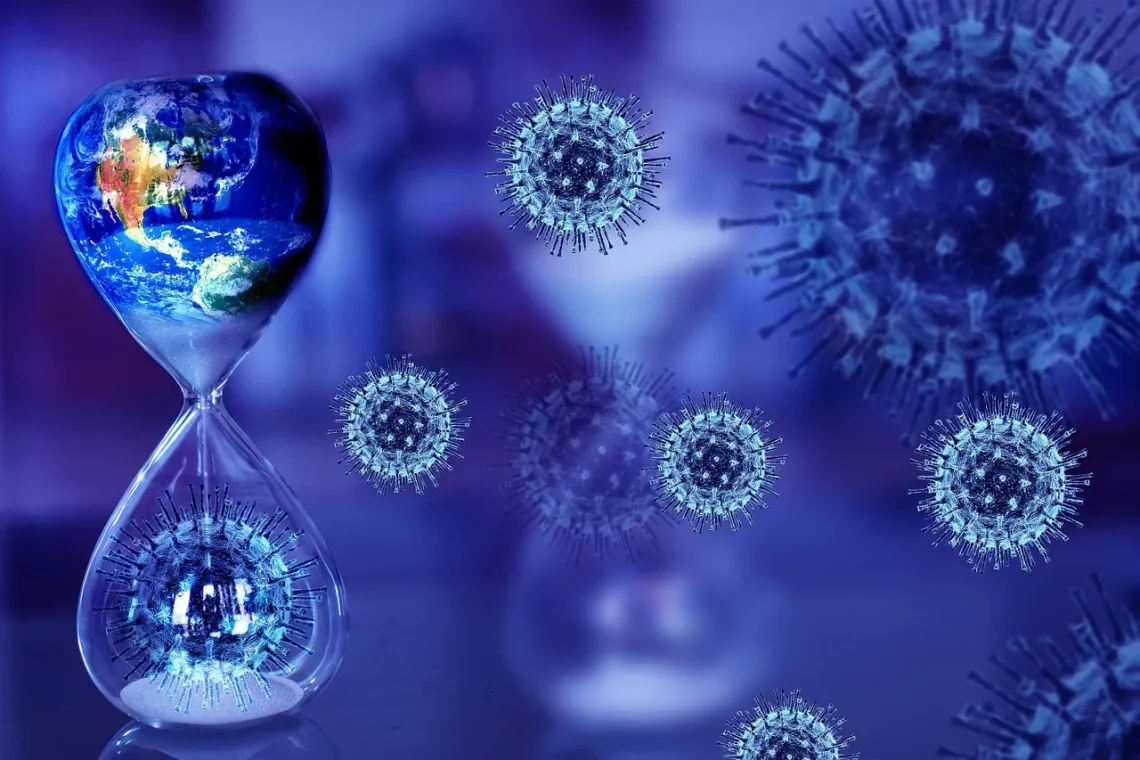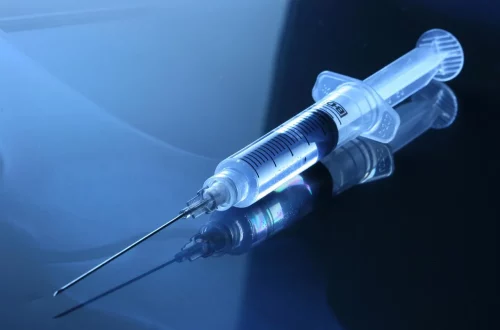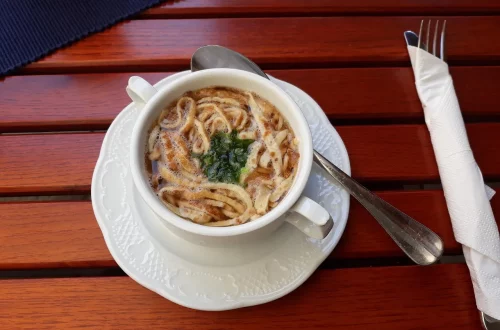
Signs of Infection to Watch for After Your Dog’s Neutering Surgery
After a dog undergoes neutering surgery, pet owners often experience a mixture of relief and anxiety. While the procedure is common and generally safe, it can still come with its own set of concerns. One of the primary worries that arise post-surgery is the risk of infection. Understanding the signs of infection is crucial for ensuring your dog’s recovery is smooth and complication-free. Just like humans, dogs can also react differently to surgical procedures, and their healing process can vary.
Neutering involves making incisions and altering internal structures, which can create openings for potential infections. Monitoring your dog closely during the recovery phase is essential for detecting any abnormalities early on. This awareness will not only help in the prompt identification of issues but also provide peace of mind to pet owners. Any signs of infection should be taken seriously, as they can lead to more severe health concerns if left untreated.
In this article, we will delve into the various signs of infection to watch for after your dog’s neutering surgery. By being informed and vigilant, you can ensure a swift recovery for your furry friend and reduce the risk of complications that may arise during the healing process.
Common Signs of Infection
One of the first indicators that your dog might be experiencing an infection post-neutering is the presence of unusual swelling or redness around the surgical site. After surgery, a certain degree of swelling is expected as part of the healing process. However, if the swelling persists or worsens, it could be a sign of an underlying issue.
Additionally, redness that extends beyond the immediate surgical area may indicate infection. Pay attention to any changes in the color of the skin around the incision. If the area appears inflamed or excessively warm to the touch, it’s essential to consult a veterinarian.
Another common symptom of infection is discharge from the surgical site. While a small amount of clear fluid might be normal, any pus-like or foul-smelling discharge is a red flag. This type of discharge usually suggests that bacteria are present and that an infection may be developing.
Increased pain at the incision site is another sign to watch for. Dogs may exhibit signs of discomfort, such as whining or reluctance to move, especially when the area is touched. If your dog appears to be in pain despite being on post-operative pain relief, it may be time to seek professional advice.
Lastly, a sudden change in behavior can also indicate an infection. If your dog becomes lethargic or loses interest in food and activities they usually enjoy, it may be a sign that something is wrong. Monitoring your dog’s overall demeanor can provide valuable insight into their health post-surgery.
Monitoring for Fever and Other Systemic Symptoms
Fever is another critical sign of infection that pet owners should be aware of after their dog’s neutering surgery. A dog’s normal body temperature typically ranges between 101°F to 102.5°F. If you suspect your dog has a fever, you can measure their temperature rectally using a digital thermometer designed for pets.
A temperature above 102.5°F can indicate an infection or other health issue, and such a situation warrants attention. If your dog’s temperature rises significantly, it’s advisable to contact your veterinarian for guidance.
In addition to fever, other systemic symptoms may arise, including vomiting or diarrhea. While these issues can stem from various causes, they can also be related to an infection. If your dog displays gastrointestinal symptoms alongside other signs of infection, it is crucial to seek veterinary advice.
Another symptom to monitor for is rapid breathing or an increased heart rate. These can be signs of stress or pain related to an infection. If you notice that your dog is breathing faster than usual, it’s worth investigating further. Observe whether they are also showing signs of distress or discomfort.
Finally, pay attention to your dog’s appetite. A sudden decline in appetite can be one of the first indicators that something is amiss. If your dog is refusing food or water, it could be their way of signaling that they are not feeling well.
Overall, being aware of fever and other systemic symptoms can help you catch potential infections early, allowing for timely intervention and treatment.
Post-Surgical Care and Prevention
Taking proper care of your dog after neutering surgery is vital for preventing infections. The first step in post-surgical care is to follow the veterinarian’s instructions meticulously. This includes keeping the surgical site clean and dry. Avoid bathing your dog for at least 10 to 14 days after the procedure to prevent water from getting into the incision.
You should also restrict your dog’s activity during the recovery period. High-energy activities such as running, jumping, or playing with other pets can strain the surgical site and increase the risk of complications. Instead, provide a calm environment where your dog can rest and recover. Short, controlled walks are acceptable, but avoid vigorous exercise until your vet gives the green light.
Additionally, make sure to monitor the surgical site daily for any changes. Keeping the area free from dirt and debris is essential. If your dog has a tendency to lick or chew at the incision, consider using an Elizabethan collar or other protective devices to prevent them from aggravating the area.
Nutrition plays a crucial role in recovery as well. Ensure that your dog is eating a balanced diet rich in nutrients to support healing. If your dog is reluctant to eat, try offering them a favorite treat or consult your vet for alternative food options.
Lastly, schedule a follow-up appointment with your veterinarian. This will allow the vet to check the incision site and ensure that your dog is healing correctly. Regular check-ups are essential for catching any potential issues early on.
When to Seek Veterinary Assistance
As a responsible pet owner, knowing when to seek veterinary assistance is crucial. If you observe any of the signs mentioned earlier, don’t hesitate to contact your veterinarian. Early intervention can often prevent more severe health problems down the road.
It is especially important to seek help if your dog shows signs of persistent fever, severe swelling, or an unusual discharge from the incision site. Additionally, if your dog’s behavior changes dramatically, such as excessive lethargy or loss of appetite, this could signal a need for medical attention.
If you notice any signs of pain that seem unmanageable or if your dog is excessively vocalizing discomfort, it’s time to consult your vet. They can assess whether your dog needs additional pain relief or if there is an underlying issue that needs addressing.
Being proactive about your dog’s health and well-being is key to ensuring a smooth recovery process. Don’t wait for the situation to worsen; your veterinarian is there to help you navigate any concerns you may have.
In conclusion, the recovery period after neutering surgery is a critical time for monitoring your dog’s health. By being aware of the signs of infection and taking the right steps in post-surgical care, you can help ensure that your furry friend heals safely and effectively. Always remember that your veterinarian is your best resource for any concerns or questions that may arise during this time.
*Disclaimer: This article is for informational purposes only and does not constitute medical advice. Always consult your veterinarian for any health concerns regarding your pet.*




